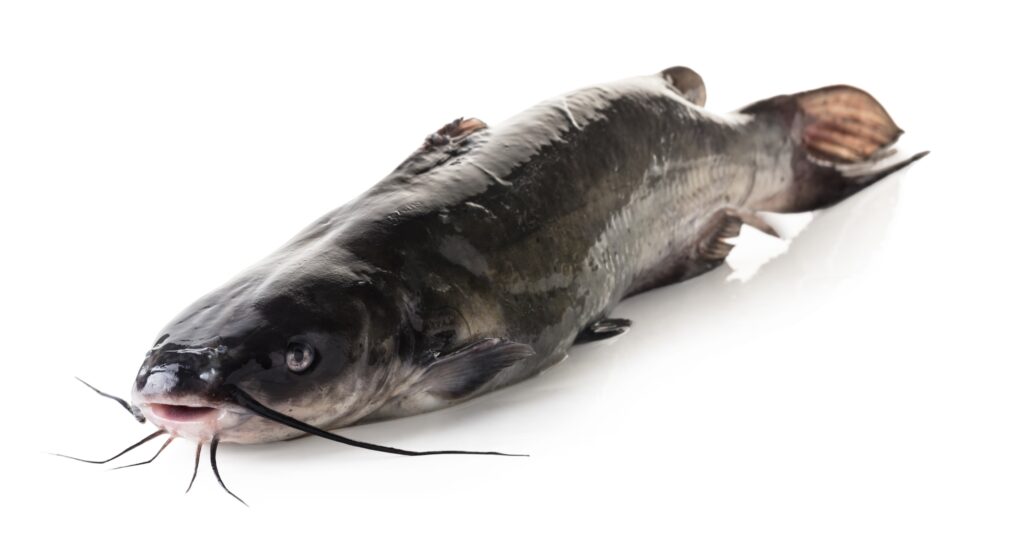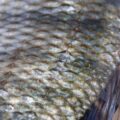Catfish are a species of fish that are found in almost all parts of the world. Some catfish are kept as pets, while others can also be eaten. Generally, catfish do not have any scales, which also makes this fish unique. When it comes to fins, just like other fish, catfish have the necessary fins on their bodies. Catfish may have evolved to have leathery, slippery skin instead of stiff scales. Most catfish have scaleless skin and no scutes, although few have. Scutes are a type of bony plate on fish.
Why do Catfish not have Scales?
Scales are a very important part of a fish’s life. They protect them from predators and help them swim through water by reducing friction. Catfish do not have scales because the fish has evolved so much that it does not need scales, or it was born this way in the first place. A catfish lacks scales for no particular reason. Catfish have bare skin in contrast to other fish simply because of how they developed. Instead of scales, they had leathery skin. Instead, it has a mucous-layered and slimy body. Among all 39 variants of catfish, none of them have scales, and this is what differentiates this fish from the others. Also, there is the addition of whiskers that no other fish species have.

Are there advantages to having a mucous layer?
Having a mucous layer is a feature that provides an advantage, not a disadvantage, for catfish. They use it for many reasons, and it helps in their survival. The mucous layer on the fish’s body is what replaces its scales. This thick layer protects the body from bacteria and other pathogens. Some catfish also have a bony plate known as scutes which provides them with an extra layer of protection. If you ever try holding a catfish, unless you are experienced, it will slip away. This is another useful feature of a mucous layer.
Moreover, the mucous layet also helps catfish breathe better. Since they have slippery skin without any scales, the oxygen can get absorbed better through their skin, and they can survive even when the water’s oxygen levels are very low or muddy. Of course, this fish does have gills, but this extra boost allows them to stay in water that other fish might not be able to survive in.
Do Catfish have Fins?
Well, even if catfish do not have any scales, they do have fins. Fins are very important if a fish wants to survive in the water and swim properly. There are different types of fins on catfish bodies, and they all serve different purposes.
Here are all the different types of fins on the catfish’s body and the functions that these fulfill.
Dorsal fin
The dorsal fin is one of the common fins that all fish have, and catfish have them. This fin is located on the back side of the catfish and has one slightly curved spine in the front section. This is a very important fin that fish use to swim. The main function of the dorsal fin is that it provides stability by increasing the lateral surface of the body. Although this does increase the drag force on the body the fish can cope with this extra force.
Pectoral and pelvic fin
Aside from the two pairs of paired fins, there are several other common fins. These help the fish in many ways, like by holding and lifting their bodies. In fact, the pelvic gridle helps in the attachment of the lower limbs and is important for carrying the weight of the body. It is also used for locomotion, among other things.
Anal fin
Despite the name of the fin, this fin is placed just behind the head of the catfish. These are small, thin, and scaly fins that have the main purpose of stabilizing the fish. Along with helping the fish stabilize, the fin also helps the catfish move around in the water and attach itself to objects if there is a need for it. This is also used to grasp food items, almost like hands. At the end of the anal fin, there is a very long part that is used to pierce through corals to get food. Not all catfishes have this.
Adipose fin
This is a type of fin that is very rare, and only a few fish have them. Other species with this fin include catfish, salmon, and trout. This is a very fatty fin that is situated between the dorsal fin and the tail of the fish. These are placed on both sides of the body of the catfish, and they help the fish move around in the water more quickly and efficiently. These are fins that also provide extra protection to the fish as it is used for hunting and fighting predators. Sometimes, these fins can have poison in them.
Caudal fin
Not all catfish have a caudal fin, but some do. It is also called a tail fin because it is almost like a tail that the catfish has. It is used to push the fish forward to help them swim. It has a smaller purpose than that, but it is the primary way of locomotion for the fish that do have this fin. When the fish have this fin, they use a side-to-side motion to swim in the water.
Conclusion
Although none of the catfishes have any scales, they are better off without them because their bodies are equipped to deal with all their necessities of where they live. The mucous layer on the body of the catfish is a perfect replacement for scales. The catfish have fins, which help them in many ways. They help the fish swim, grab things, and protect themselves.












Pingback: What Is the Difference Between Catfish and Halibut? | Reel Fishing Guru
Pingback: What Is the Difference Between a Catfish and Swai? | Reel Fishing Guru
Pingback: What is the Difference Between Catfish and Hardhead? Identifying Key Variations | Reel Fishing Guru
Pingback: What is the Difference between Catfish and White Bass? | Reel Fishing Guru